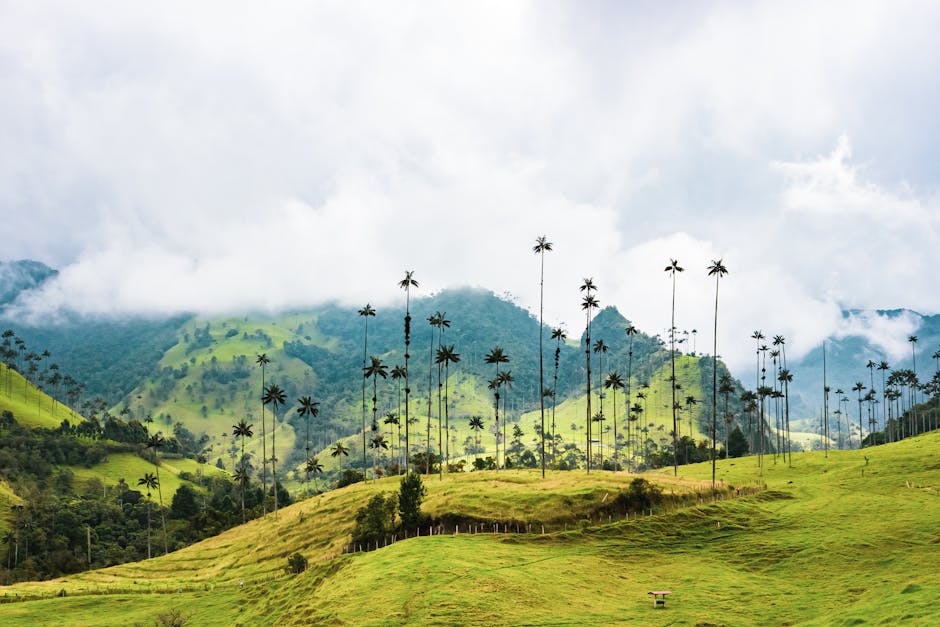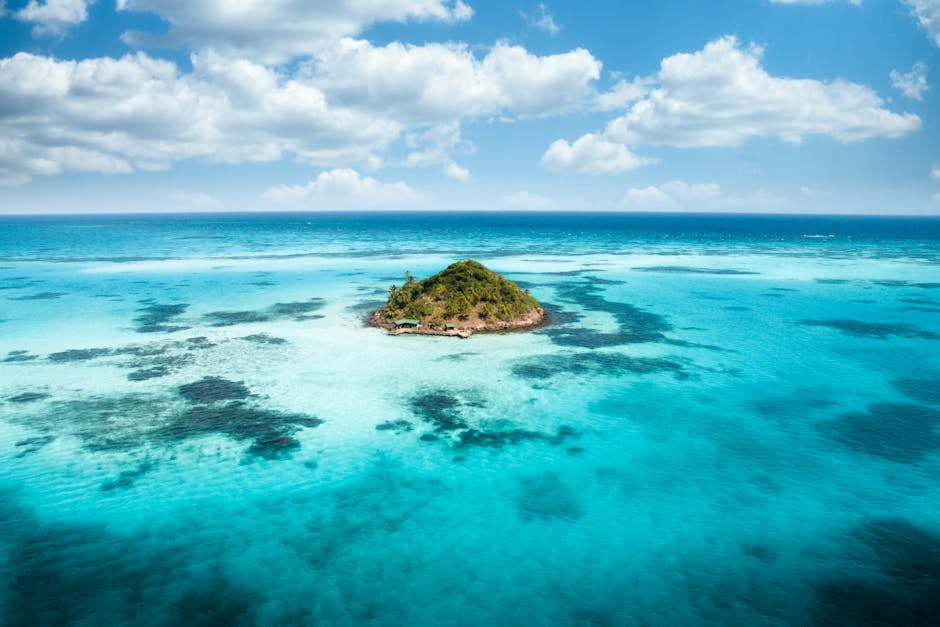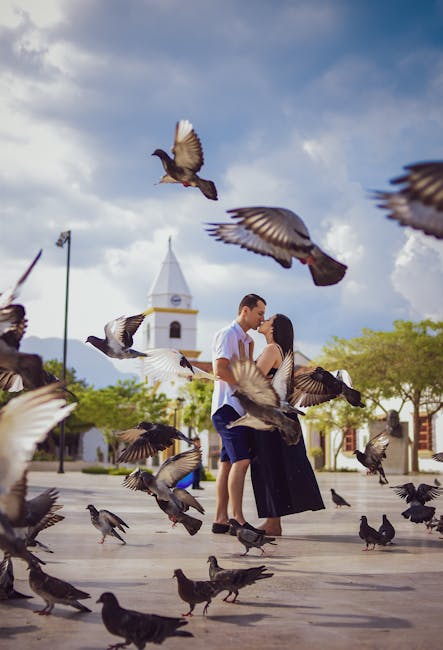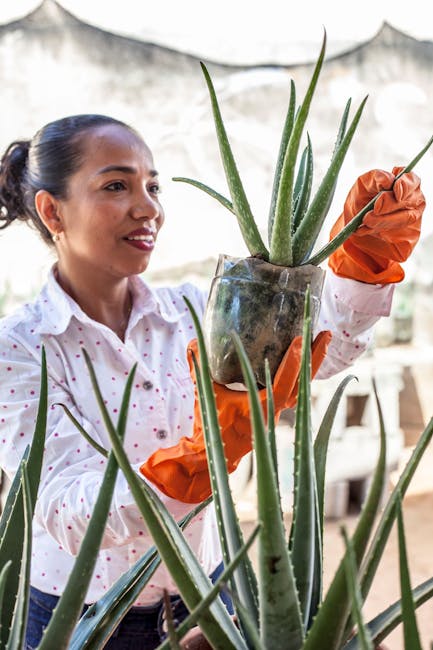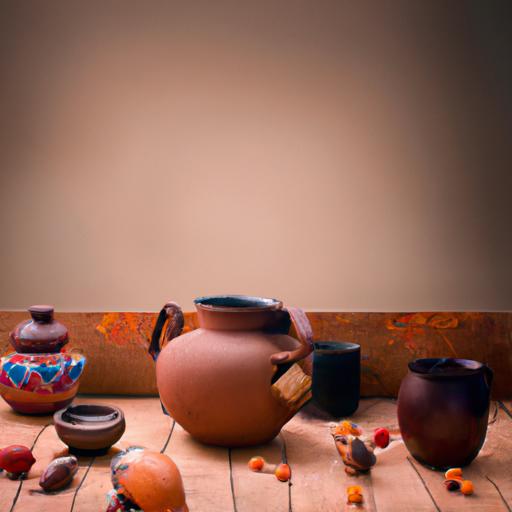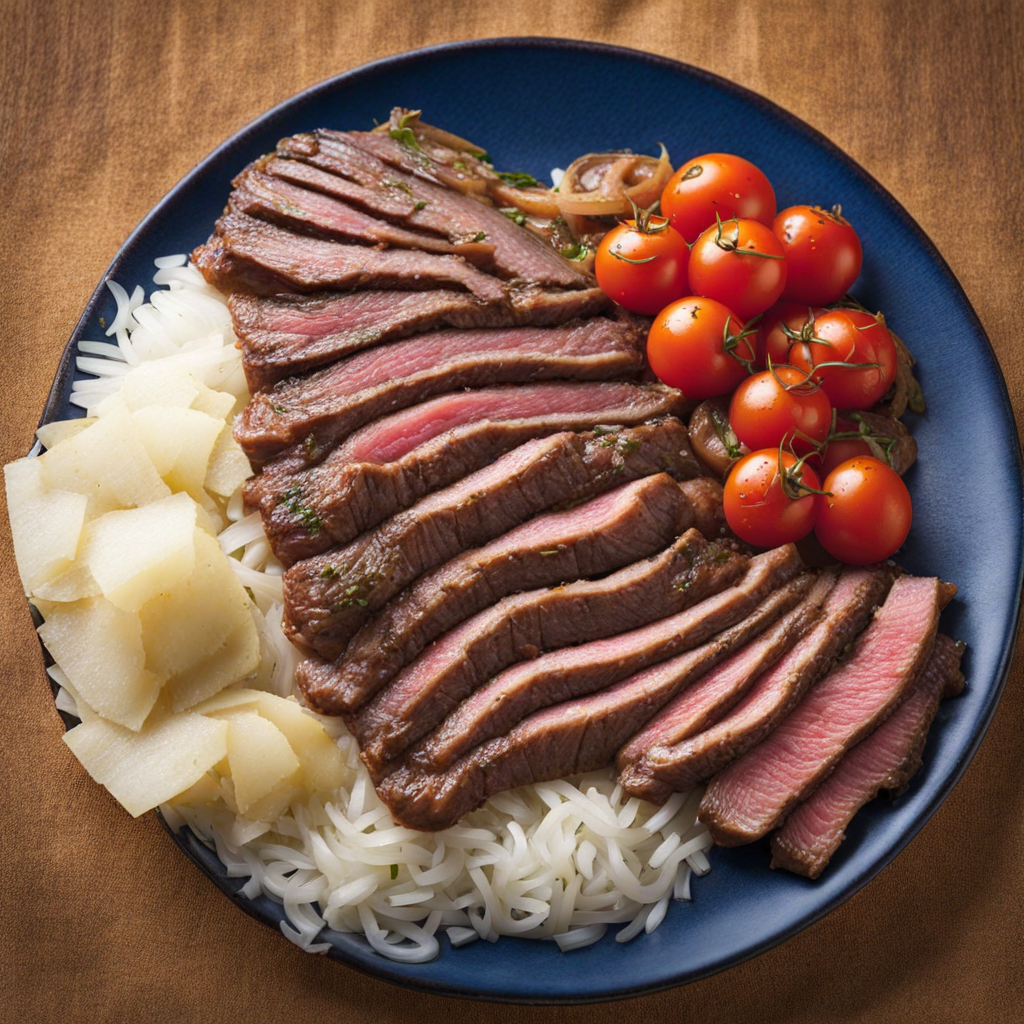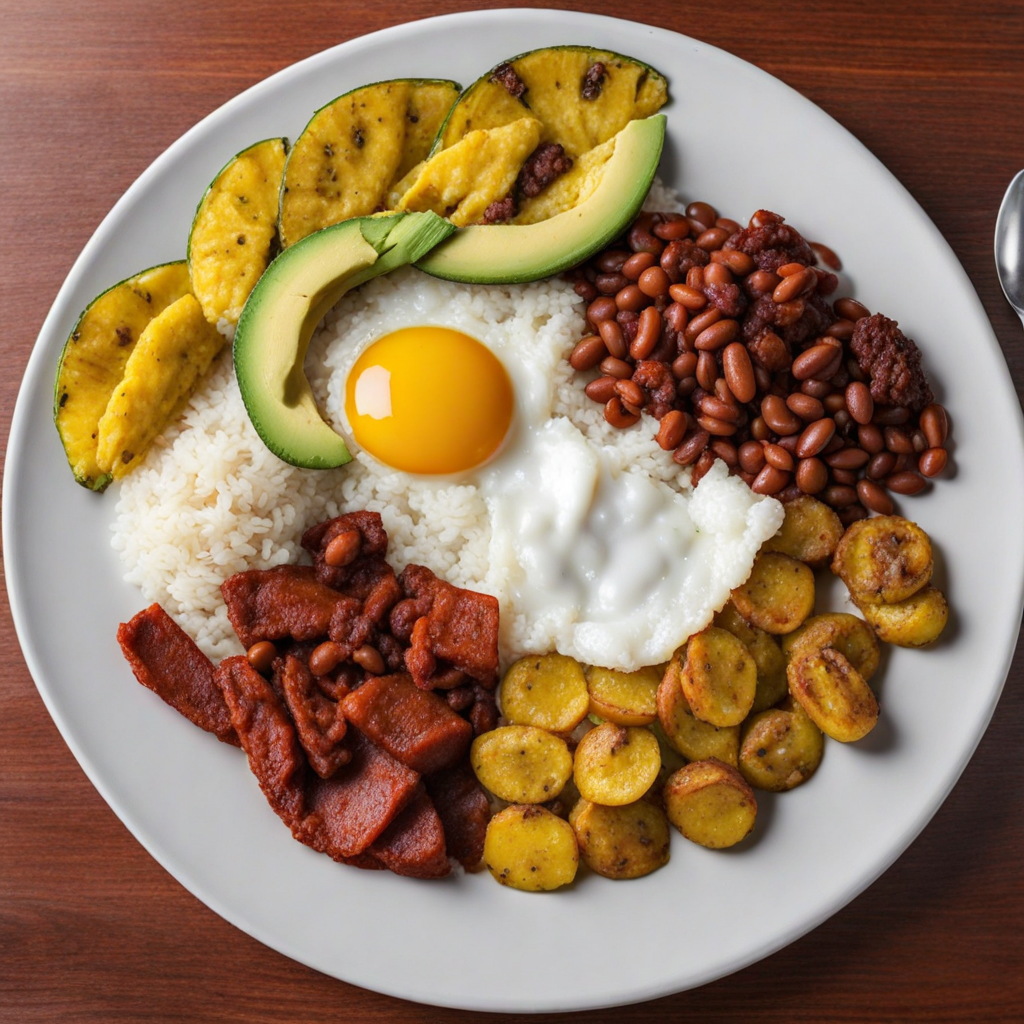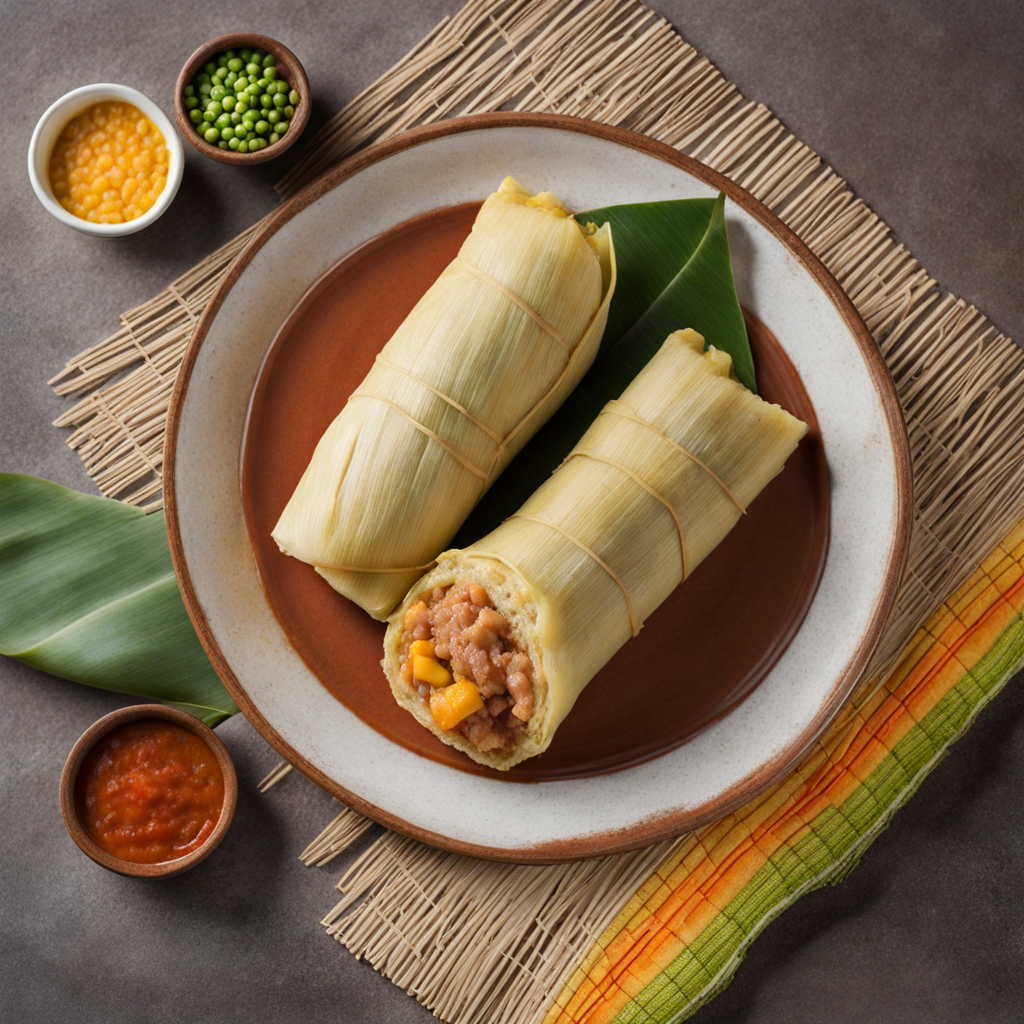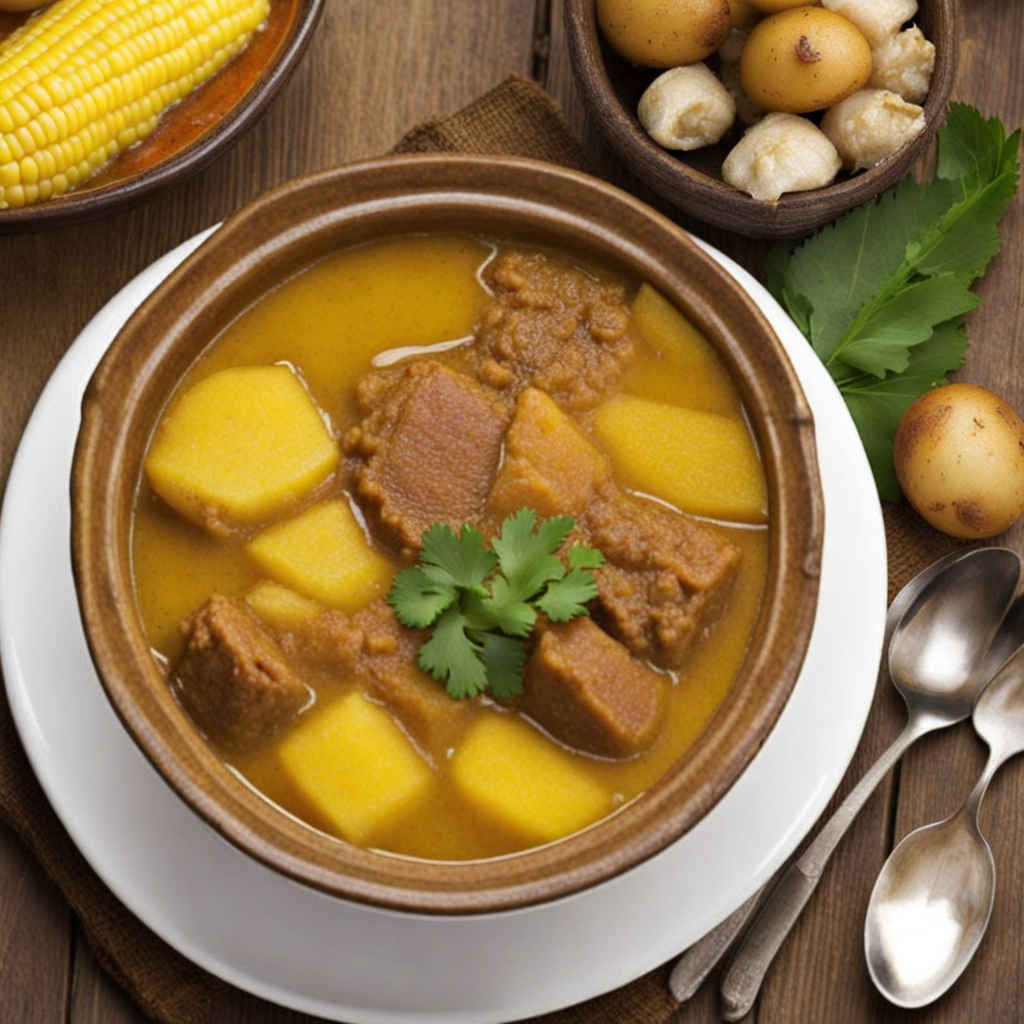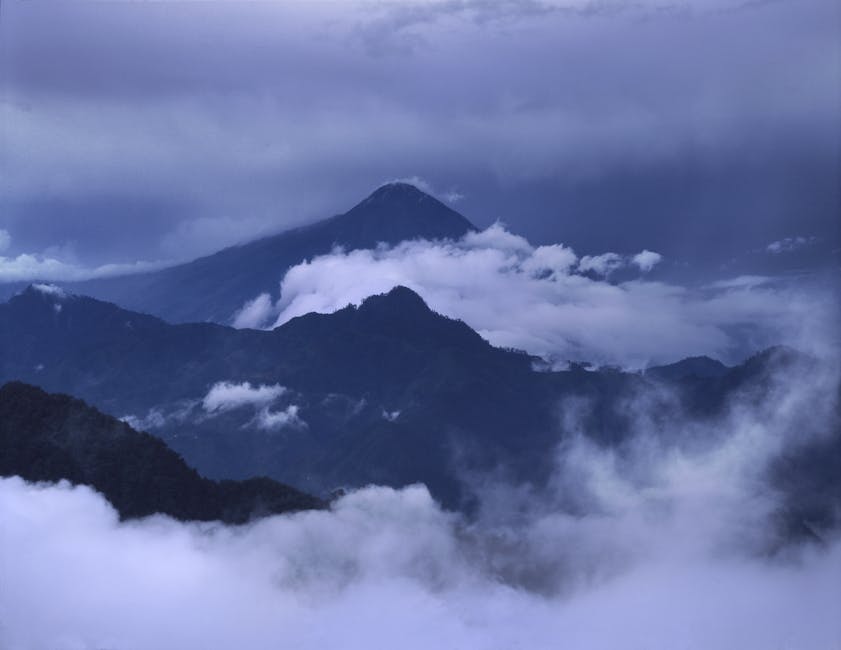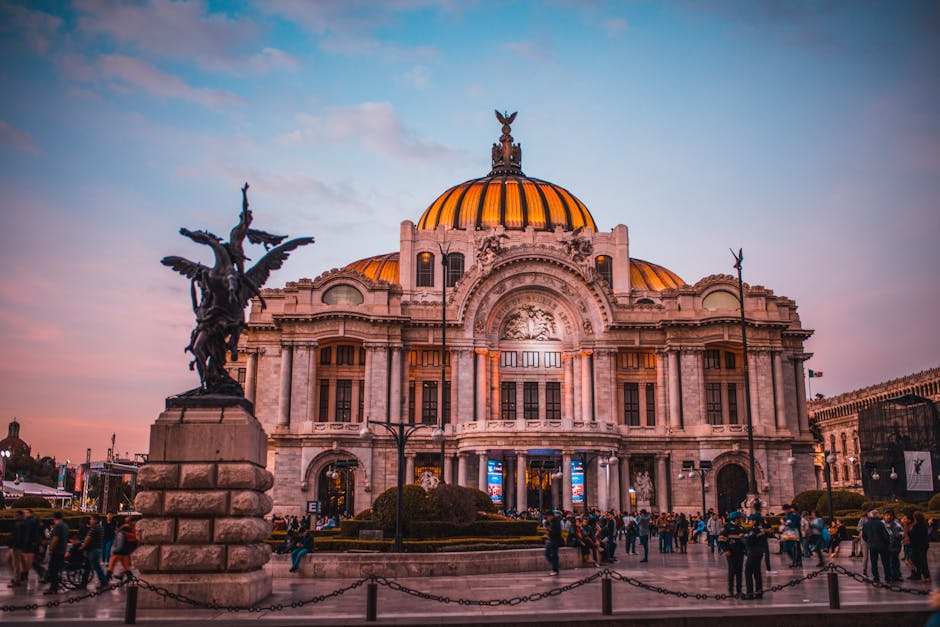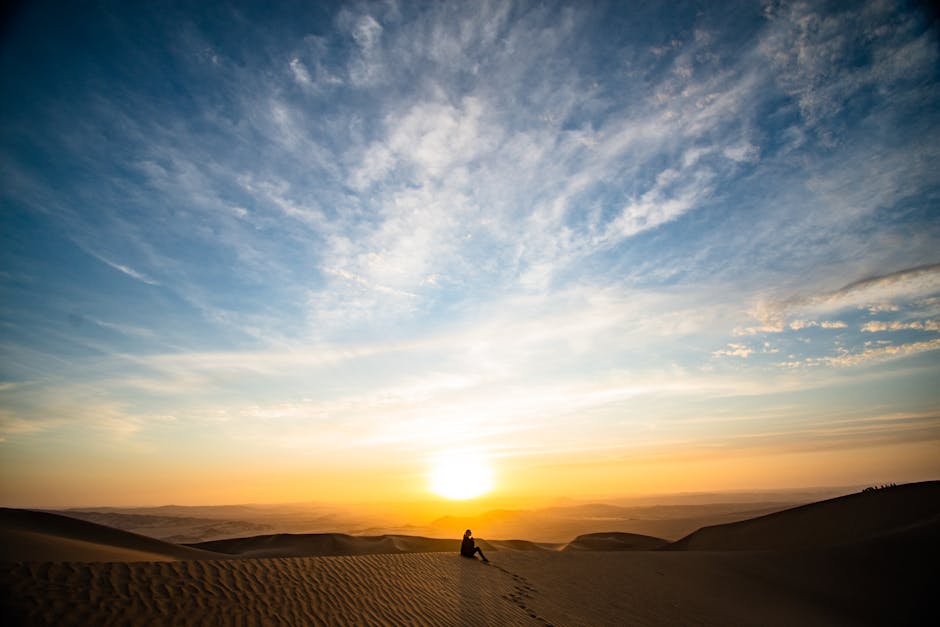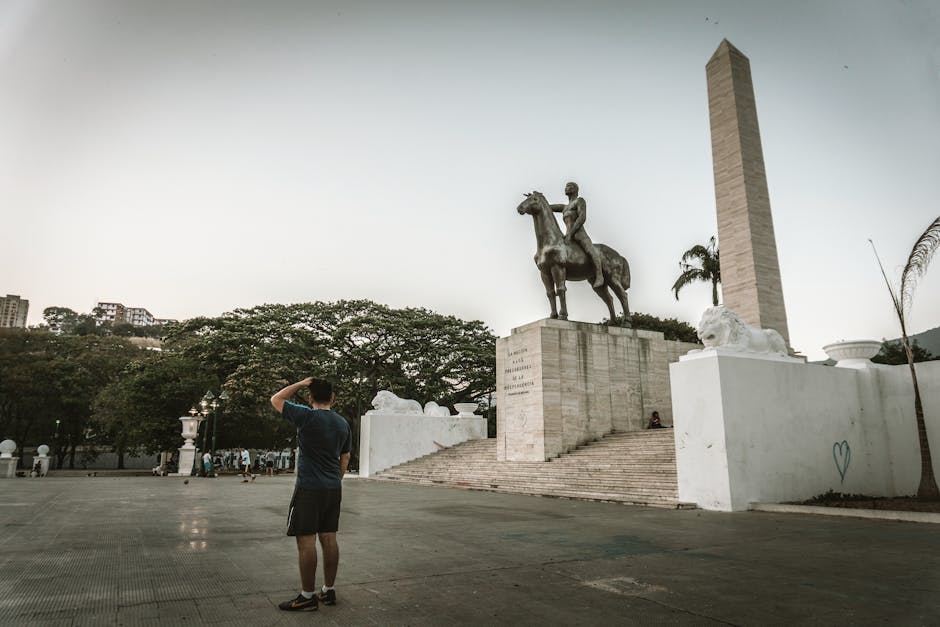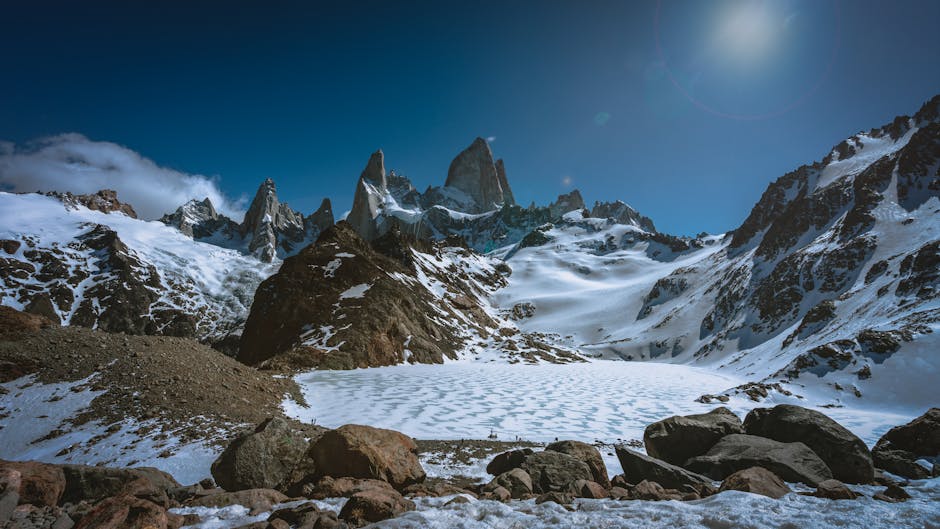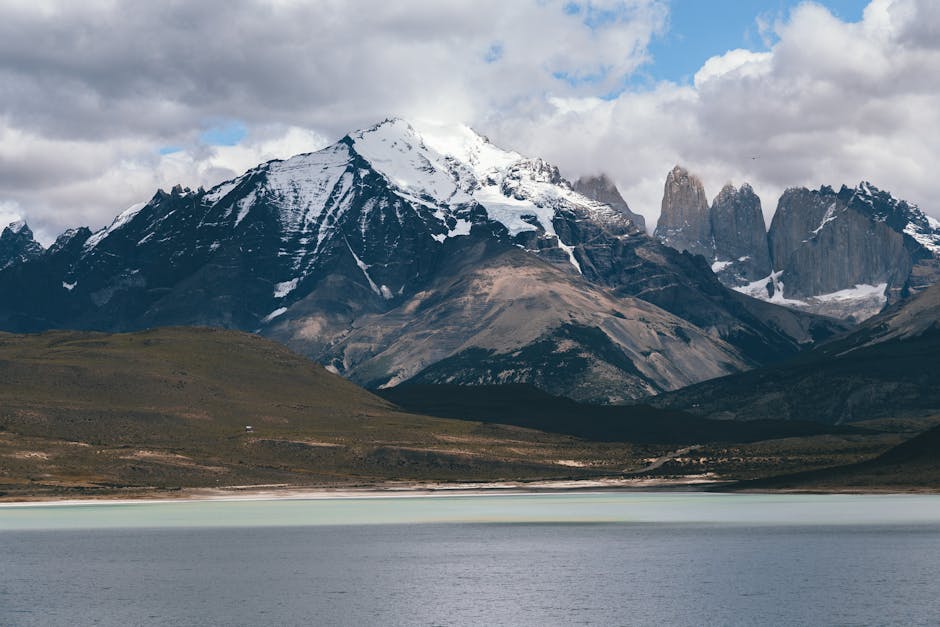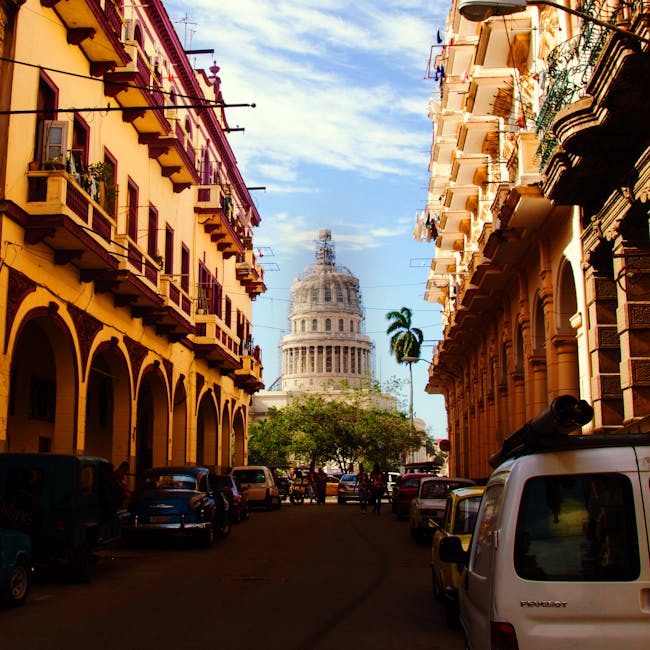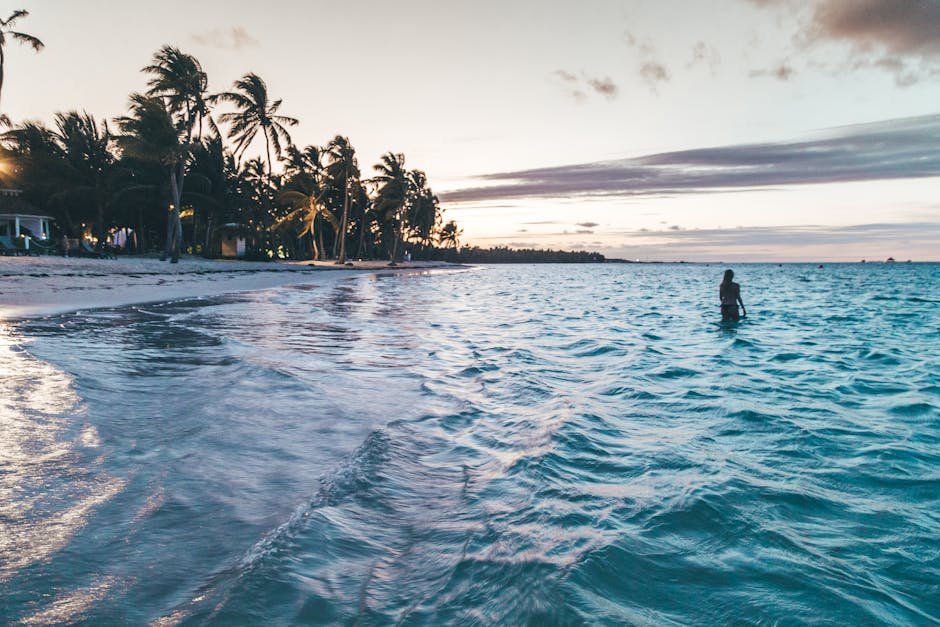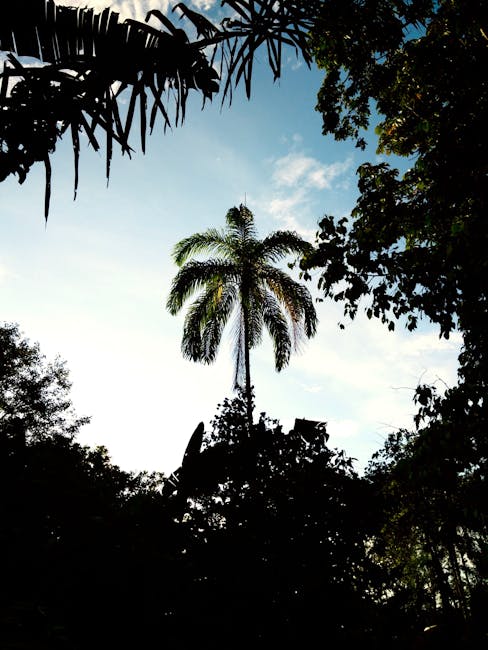Colombia
Overview
Colombia, a captivating country located in the northwestern region of South America, is a destination that offers a unique blend of vibrant culture, serene landscapes, and a rich history. Colombian culture is characterized by its diversity, where a blend of its indigenous roots, Spanish colonial influence, and Afro-Caribbean heritage can be seen in its music, dance, art, and cuisine. What sets it apart is its warm and welcoming people who are proud of their country's progress and are eager to share their traditions with visitors. Colombia's unique geography - from the Andean peaks to the Caribbean beaches, from lush rainforests to vast plains - offers a diverse range of experiences for every traveler.
The high season for tourism in Colombia is typically between December and March, during the dry season when the weather is relatively warm and pleasant. This is the best time to explore Colombia's diverse landscapes, engage in outdoor activities like hiking in the Andes, exploring the Amazon rainforest, or relaxing on the stunning Caribbean beaches. Apart from natural beauty, Colombia is home to vibrant cities like Bogotá, Medellín, and Cartagena, where you can immerse yourself in local culture, explore historical sites, and enjoy a myriad of festivals such as the Barranquilla Carnival and the Feria de Cali.
Before travelling to Colombia, it's important to prepare adequately. Confirm that your passport is valid for at least six months beyond your planned departure date. Check the travel advisories and follow safety precautions to ensure a smooth journey. Spanish is the official language, so learning a few basic phrases can be beneficial. Be sure to pack according to the regions you plan to visit, as the country's diverse geography can result in varying climates. Lastly, ensure you have travel insurance that covers any potential medical expenses. It's also recommended to get vaccinations for diseases like Hepatitis A and Typhoid, and anti-malaria medication if you're visiting certain parts of the country.
A Glimpse into the Past
Colombia’s history is a rich tapestry woven from indigenous cultures, colonial encounters, and vibrant modern developments. The land we now know as Colombia has been inhabited for thousands of years by diverse indigenous groups, including the Muisca, Tairona, and Quimbaya. These civilizations were known for their intricate goldwork and advanced agricultural practices. The Muisca, in particular, are famous for the El Dorado legend, which attracted many European explorers.
In the early 16th century, Spanish conquistadors arrived, led by Gonzalo Jiménez de Quesada in 1536. They encountered powerful indigenous societies and established the city of Bogotá, known as Santa Fé de Bogotá at the time. The Spanish colonization brought about profound changes, including the introduction of Christianity and European languages, but it also led to the decline of indigenous populations due to disease and conflict. The wealth of gold and the agricultural potential of the land attracted more settlers, establishing Colombia as a crucial part of the Spanish Empire.
The colonial period saw the rise of Cali, Cartagena, and Medellín as important urban centers. Cartagena, with its strategic position on the Caribbean coast, became a vital port for trade and military operations. The city’s well-preserved colonial architecture, including the imposing Castillo San Felipe de Barajas, reflects its historical significance and is a UNESCO World Heritage site. Visitors can also explore the vibrant streets of its old town, filled with colorful buildings and lively plazas.
As the 19th century approached, the push for independence grew stronger. Inspired by the Enlightenment and other independence movements across Latin America, Colombian leaders, such as Simón Bolívar and Francisco de Miranda, began to rally support against Spanish rule. The Battle of Boyacá in 1819 was a turning point, leading to the liberation of much of northern South America, with Colombia formally declaring independence in 1810.
Following independence, Colombia faced political instability and internal conflict. The country initially formed part of the Great Colombia, which included present-day Venezuela, Ecuador, and Panama. However, this federation dissolved in 1831 due to regional tensions and differences in governance. The resulting fragmentation led to the establishment of the Republic of New Granada, which later became the Republic of Colombia.
Throughout the late 19th and early 20th centuries, Colombia experienced a series of civil wars, often referred to as the Liberals vs. Conservatives conflicts. These struggles were characterized by violent confrontations over political and social issues. The most notable conflict during this period was the Thousand Days' War (1899-1902), which resulted in significant loss of life and economic devastation.
In 1903, Colombia lost Panama, which seceded with the assistance of the United States. This loss was a significant blow to national pride, but the construction of the Panama Canal soon brought economic opportunities as Colombian ports became crucial for international trade.
The 20th century saw rapid economic growth, fueled by coffee exports, which became Colombia’s primary cash crop. The coffee culture is deeply woven into the Colombian identity, and regions like the Coffee Triangle—comprising Manizales, Pereira, and Armenia—are essential destinations for travelers wanting to experience coffee farms and beautiful landscapes.
However, prosperity was overshadowed by the emergence of drug cartels in the late 20th century, notably the Medellín and Cali cartels. The Pablo Escobar era marked a time of violence and turmoil, leading to a surge in crime and corruption. Medellín, once notorious for its crime rates, has transformed significantly in recent years, with revitalization projects that have turned it into a vibrant city known for its art, culture, and innovation.
The Colombian conflict, which lasted for over five decades, involved various armed groups, including guerrillas like the FARC (Revolutionary Armed Forces of Colombia) and paramilitary organizations. The struggle for power, land, and political representation led to severe human rights abuses and internal displacement. The peace agreement signed in 2016 marked a significant step towards reconciliation, although challenges remain.
Today, Colombia is experiencing a cultural renaissance. Major cities like Bogotá, Medellín, and Cartagena have become hubs for art, music, and gastronomy. Bogotá, the capital, is known for its rich cultural institutions, including the Gold Museum, which houses an extensive collection of pre-Hispanic gold artifacts. The city’s La Candelaria district showcases colonial architecture and street art, reflecting the dynamic spirit of contemporary Colombia.
Medellín has gained international acclaim for its innovative public transport system and urban development projects, such as the Metrocable, which connects hillside communities to the city center. The city's annual Festival of the Flowers celebrates its cultural heritage, showcasing the beauty and creativity of Colombian traditions.
Cartagena remains a top destination for its colonial charm, stunning beaches, and vibrant nightlife. The Islas del Rosario, nearby, offer beautiful coral reefs and opportunities for snorkeling and diving, complementing the historical exploration that Cartagena provides.
Colombia's natural beauty is as diverse as its culture, with breathtaking landscapes ranging from the Amazon rainforest to the Andes mountains and the Caribbean coast. The Tayrona National Natural Park is a must-visit for nature lovers, offering pristine beaches and lush jungles inhabited by diverse wildlife.
In recent years, Colombia has been recognized for its cuisine, which reflects its diverse cultural influences. Dishes such as arepas, bandeja paisa, and sancocho showcase regional flavors and ingredients. Food festivals in cities like Medellín and Bogotá attract culinary enthusiasts eager to experience the fusion of traditional and modern Colombian cuisine.
With its rich history, vibrant culture, and stunning landscapes, Colombia is a destination that offers travelers a unique blend of experiences. From exploring the ancient ruins and colonial architecture to enjoying modern art and delectable cuisine, the country invites visitors to discover its multifaceted identity. The warmth of its people and the beauty of its landscapes make Colombia a compelling destination for those seeking adventure, culture, and history.
Top cities for tourists in Colombia
Discover the Famous Cities That Might Captivate Your Interests
Must-Try Foods You Can't Afford to Miss
Indulge in a Variety of Fantastic Foods During Your Stay in Colombia
May Be Your Next Destinations
People often choose these countries as their next destination


